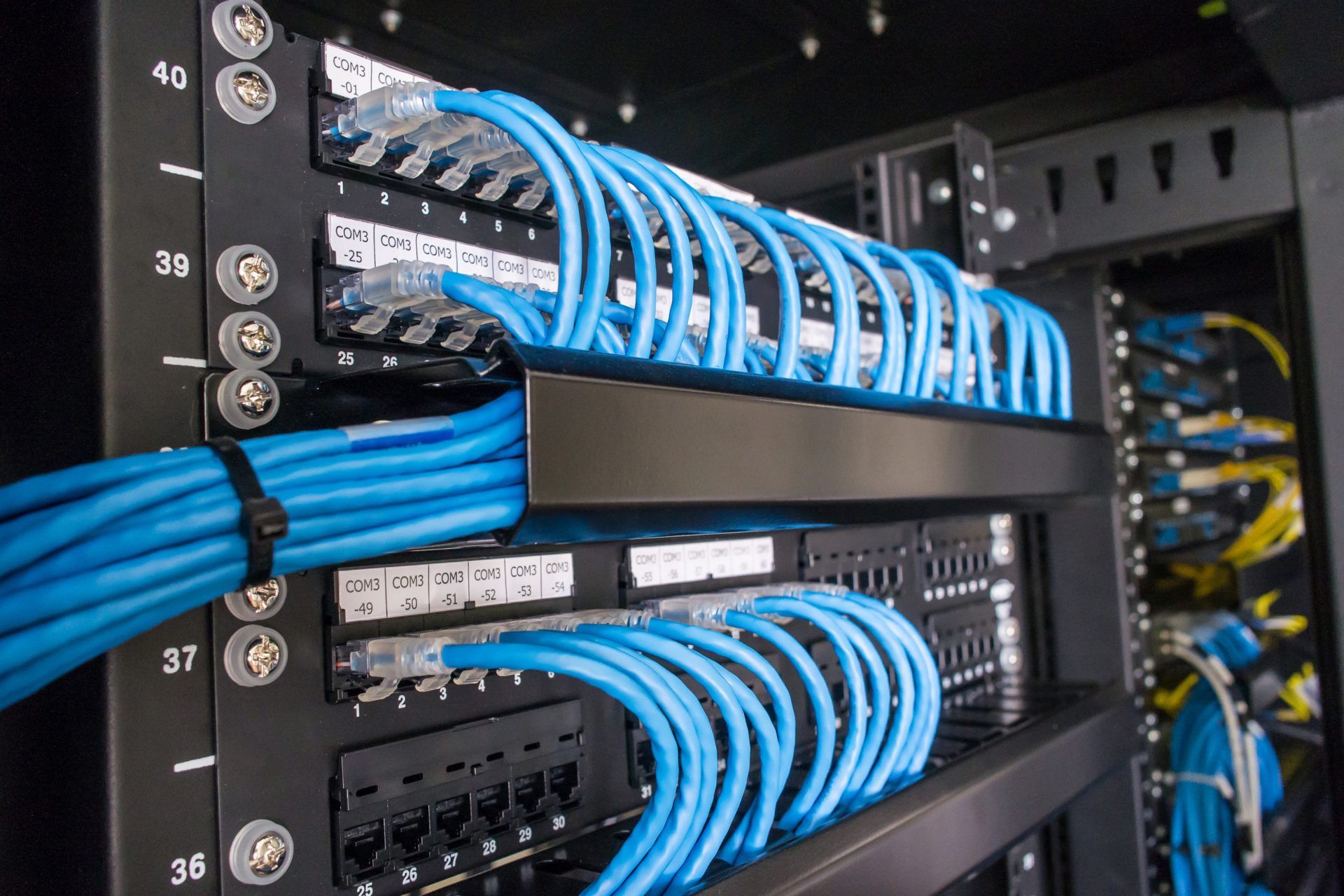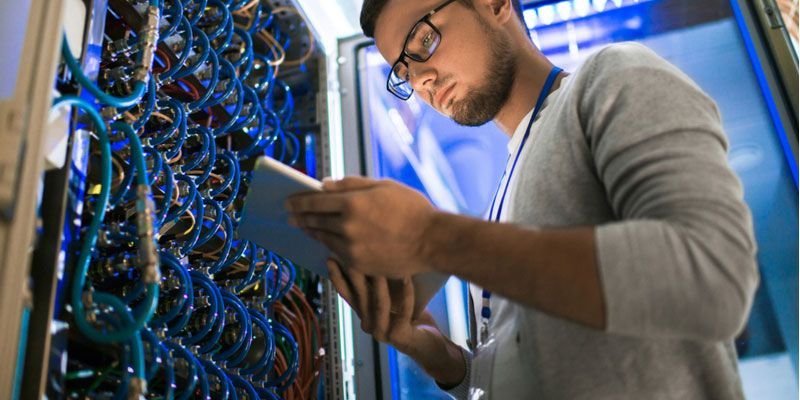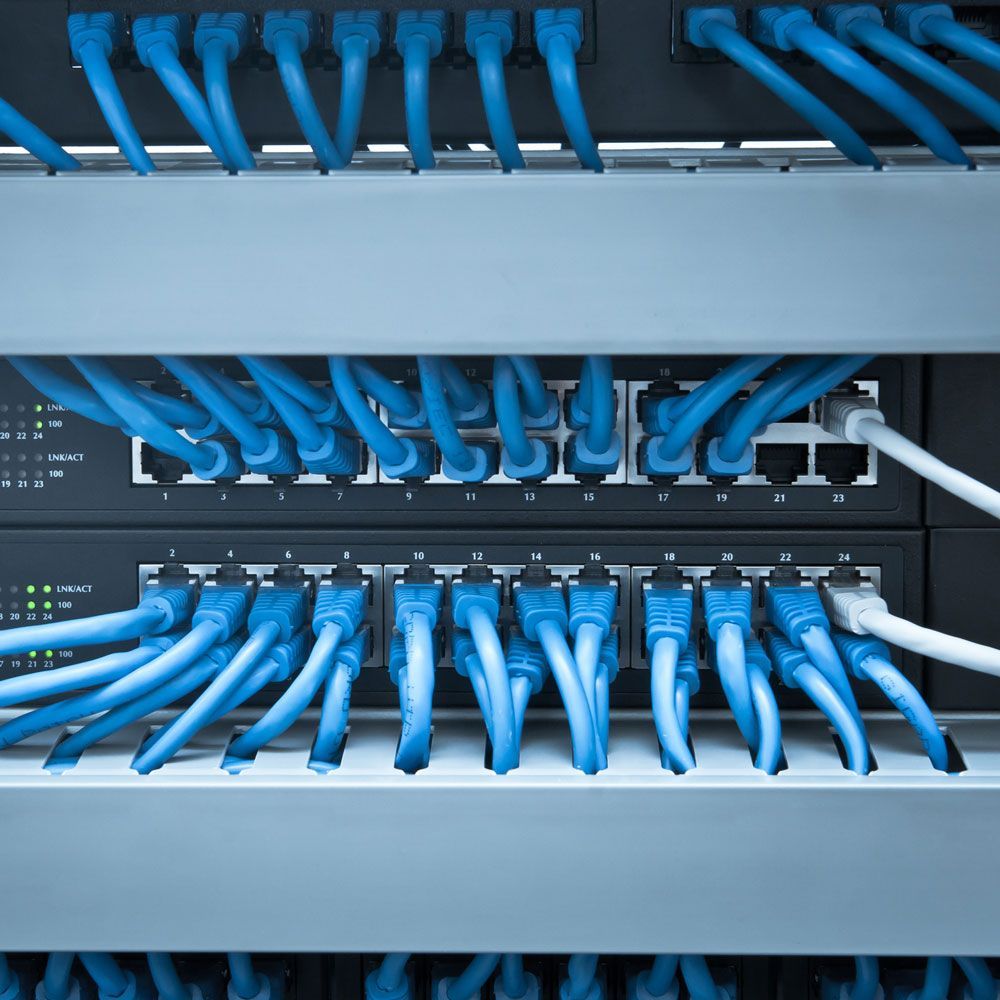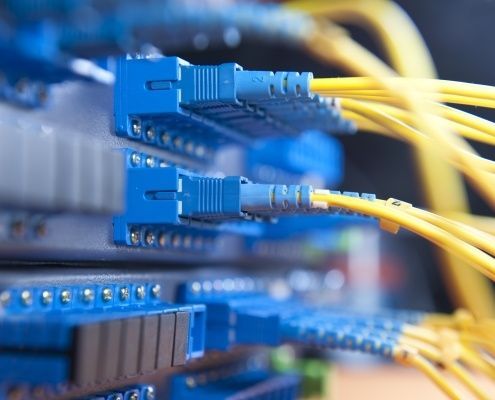Solving the Challenge of Network Device Connectivity Beyond 100 Meters
Solving the Challenge of Network Device Connectivity Beyond 100 Meters

In today’s technology-driven environment, network reliability and performance are paramount. One common challenge faced by network administrators is the need to connect devices that are located over 100 meters away from the network switch. Standard Cat6 cabling is limited to 100 meters, but there are several effective solutions to extend network connectivity beyond this distance. Let’s explore some of these options, including adding an Intermediate Distribution Frame (IDF), using GameChanger cable, and utilizing fiber optic cables.
Option 1: Adding an Intermediate Distribution Frame (IDF)
An Intermediate Distribution Frame (IDF) is a smaller distribution point for network cabling located closer to the end devices. Here’s how it works:
- Locate the IDF: Place the IDF strategically within 100 meters of the main devices requiring connectivity.
- Run Fiber to the IDF: Connect the IDF to the Main Distribution Frame (MDF) using fiber optic cables, which can handle much longer distances without signal degradation.
- Use Cat6 in the IDF: From the IDF, run Cat6 cables to the end devices.
This setup ensures that the signal integrity is maintained over long distances and provides a centralized point for network management and troubleshooting.
Option 2: Using GameChanger Cable
GameChanger cable is a specialized type of cable designed to exceed the 100-meter limitation of traditional Cat6 cables. Key features include:
- Extended Distance: GameChanger cables can support Ethernet and PoE (Power over Ethernet) up to 200 meters, making them ideal for extended runs.
- Ease of Installation: They install like standard Cat6 cables, requiring no special tools or techniques.
- Cost-Effective: Compared to the cost of installing additional IDFs or running fiber, GameChanger cables can be a more affordable solution.
Using GameChanger cable is an excellent way to directly connect devices that are beyond the typical 100-meter limit without the need for additional infrastructure.
Option 3: Utilizing Fiber Optic Cables
Fiber optic cables are the gold standard for long-distance data transmission. Here’s how you can implement fiber in your network:
- Run Fiber to Remote Locations: Use fiber optic cables to connect remote locations directly to the MDF. Fiber can easily handle distances of several kilometers.
- Media Converters or Fiber Switches: At the endpoint, use media converters or fiber switches to transition from fiber to copper (Cat6), allowing devices to connect as they normally would.
- High Bandwidth and Low Latency: Fiber optic cables offer higher bandwidth and lower latency compared to copper, making them ideal for high-performance network requirements.
Fiber optic cables provide a future-proof solution, ensuring that your network can handle increasing data demands with minimal signal loss and maximum efficiency.
Conclusion
Connecting network devices over distances greater than 100 meters requires strategic planning and the right technology. Whether you choose to add an IDF, use GameChanger cable, or utilize fiber optic cables, each solution offers distinct advantages.
- IDFs provide a centralized distribution point and maintain signal integrity.
- GameChanger cables offer a straightforward and cost-effective way to extend beyond the traditional Cat6 limitations.
- Fiber optic cables ensure high performance and future-proofing for long-distance connections.
By understanding these options and implementing the most suitable solution for your network, you can ensure reliable and efficient connectivity for all your devices, regardless of distance.












